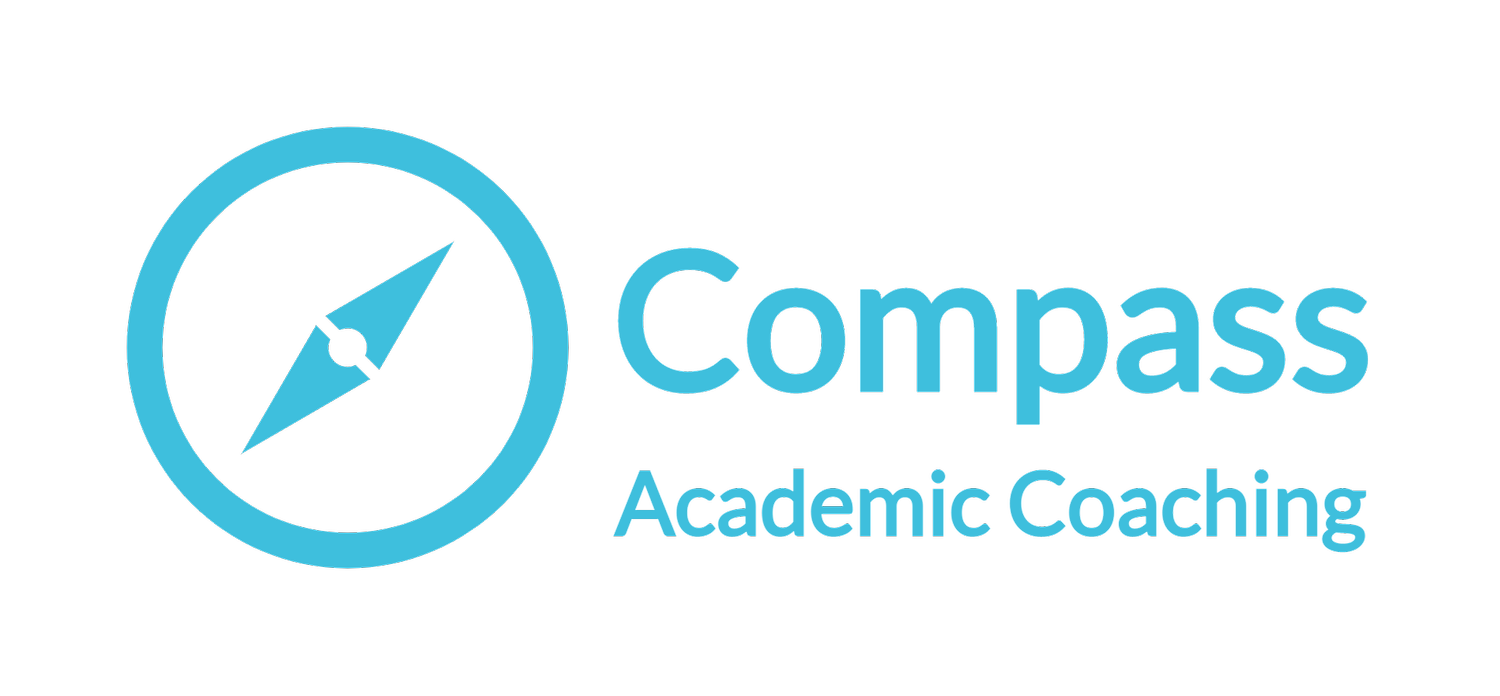Three strategies to move from reading to drafting
As academics, we do A LOT of reading. Every thesis, dissertation, book, and article is built on a personal archive of reading we’ve built up over time.
But when it’s time to pause reading and start writing, how do you switch gears? How do you use all that stuff you’ve read to make something new?
I teach my clients three go-to strategies to bridge the gap between the reading phase and the drafting phase. Before we get to them, though, let’s check in on your reading strategies:
You may have heard the saying “If you didn’t take notes, you didn’t read it.” Facts. We read so much, we can’t possibly keep it all in our heads. Marginal notes are a start, but also make sure you are generating some text after each and every thing you read. Even if you have decided the thing you read wasn’t relevant after all, write about why! For each article or book, draft a basic annotation that includes a summary of the work, how it relates to your project, and questions or gaps it leaves open. You can easily review these annotations to refresh your memory of what you’ve read.
Okay, now let’s assume you’ve read and annotated a collection of articles and books, and it’s time to start drafting a literature review. You need to figure out what you want to say about the stuff you read. Here are my top three strategies for discovering what you want to say.
Bucket Sort
Give yourself a predetermined number of buckets, say three or four. Sort the sources you’ve read into “buckets.” By figuring out which sources go together in a group, you are noticing patterns in the literature and developing what you want to say in your review. You can’t do this activity wrong. Don’t overthink it.
To begin drafting, tell your reader the names of the groups and why these sources fit in this group with this name.
Comic Strip
This strategy is especially good if you are tracing a historical or ongoing debate in your field. Identify the key authors or groups of authors (see Bucket Sort!) in your set of sources. Imagine your authors or groups of authors brought together—at a dinner party, on a deserted island, as stars of a reality show—and draw a comic strip of what they would say to each other. To begin drafting, start describing the debate your comic strip characters are having.
Funnel Diagram
You may have heard the advice to organize your literature review like a funnel: start with the most general view of your topic (the big mouth at the top of the funnel, where there’s loads of literature you survey) and then gradually narrow down to your specific niche (the narrow tube at the bottom of the funnel, with just a handful of studies you talk about in depth).
Organizing from general to specific is reader friendly because it orients readers to the big picture first, before getting into more specific details. To help you visualize your funnel so you can get drafting, take a big piece of paper and draw a funnel. Then label the parts of the funnel with the different strands of literature showing up in your sources, as in this example.
You don’t have to go it alone
If you’re thinking, okay, these strategies sound good, but I get stuck when I try to apply them to my own project…don’t panic. You can do these activities with a coach! I guide clients through these steps every day. If you could use some support, reach out.




